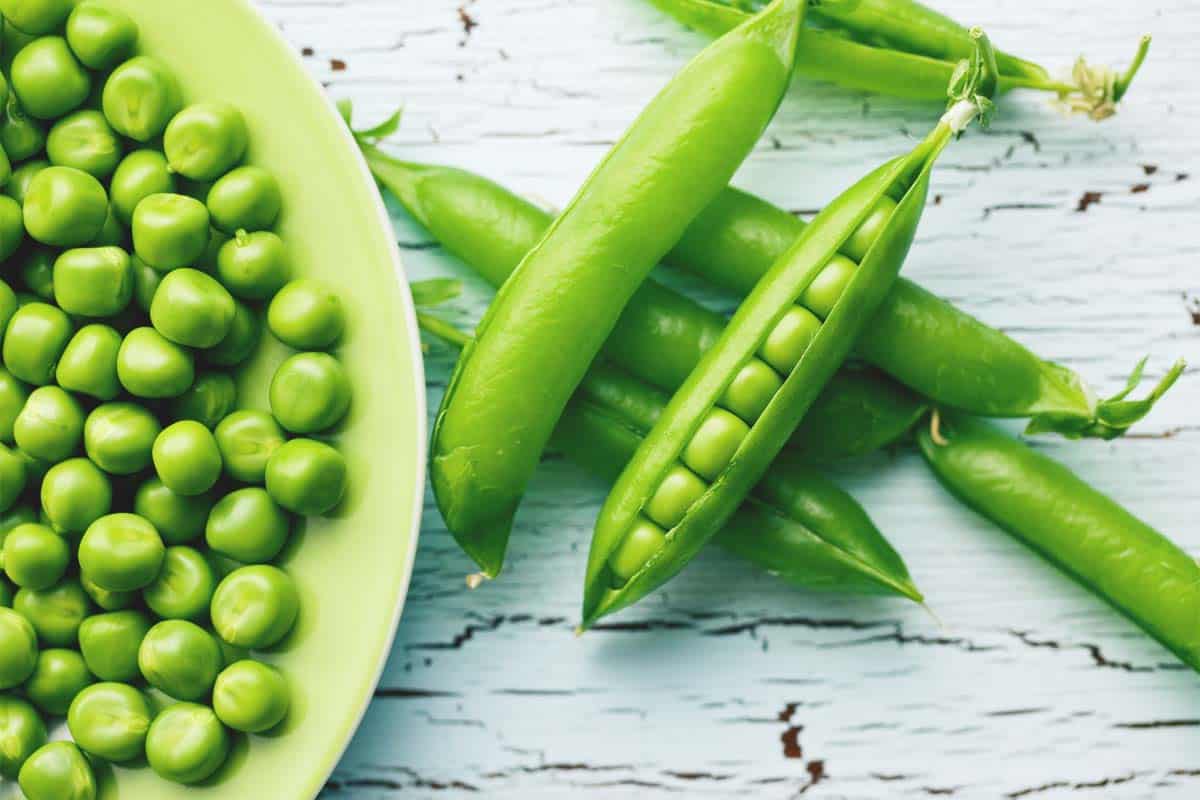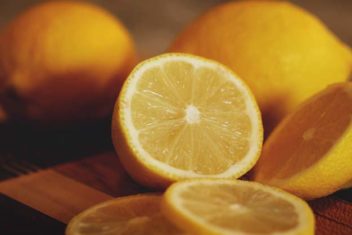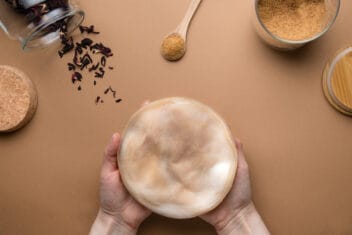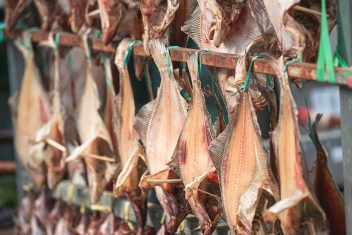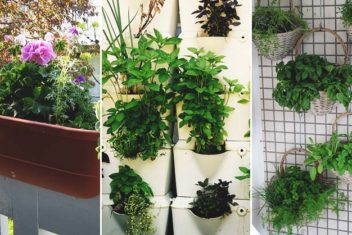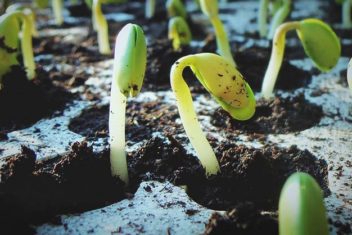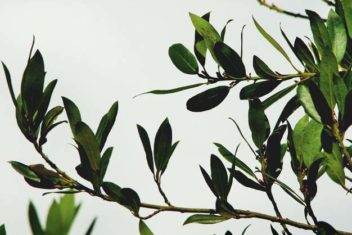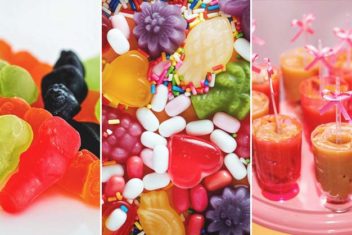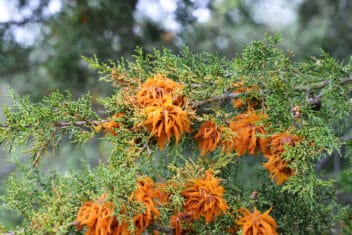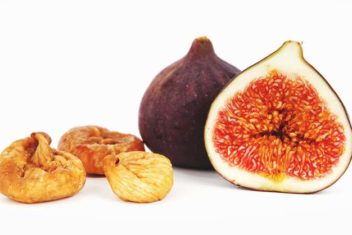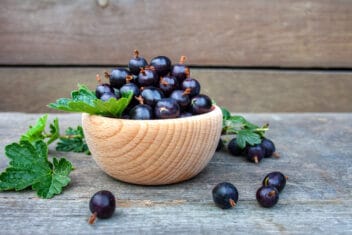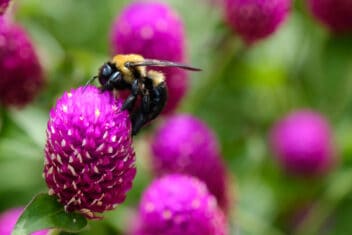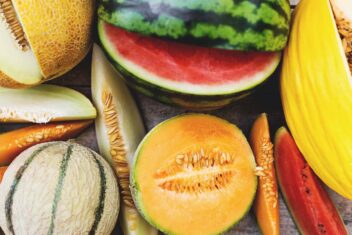Beans are some of the most interesting vegetable garden plants, but they can be kind of confusing. Do peas fall into the same category? Are peas beans, too? What about green beans? What’s the difference?
Oh boy. What a confusing world!
Remember the first time someone explained that tomatoes were a fruit? Mind-boggling, right? Get ready to be floored again. Beans and peas actually fall under the same umbrella but they aren’t the same. Here are all the important differences between these similar-looking plants and why knowing the difference matters.
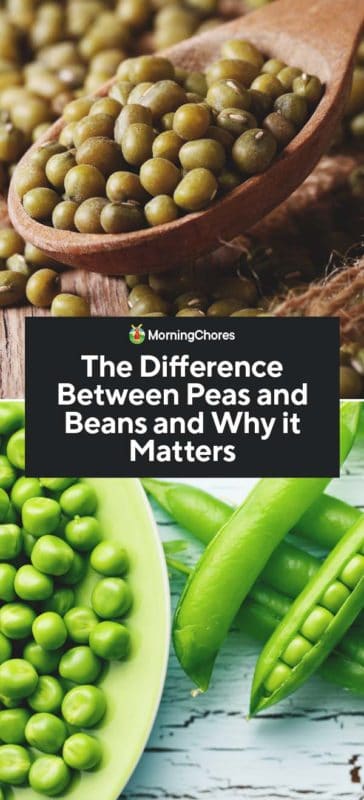
Taxonomy
Alright, so let’s clear up the initial confusion. Beans and peas do technically belong to the same general seed family called Fabaceae. Lentils are also included in this bunch, by the way.
When we refer to beans in a general sense, we often include peas in the mix. Peas and beans, after all, are all the edible seeds from a plant. Both originate and are harvested from inside a pod. They also contain similar nutrients – fiber and protein, for instance.
Peas, however, are usually referring to the round seed of the species Pisum sativum. But the terms are often used interchangeably. Hence the confusion.
Beans vs. Peas
Beans, beans, the more you eat the more you…
Normally I’d finish that sentence cheekily, but let’s keep it classy, shall we?
All in all, peas and beans have more similarities than differences, but the differences are important, especially in terms of cultivation. Here’s where the two differ:
Shape and Physical Qualities
Peas are generally round while beans have a wider variety of shapes. Color also varies considerably with non-pea beans. Peas don’t usually vary that much in color – they’re mostly green.
The stem of a pea plant is typically hollow, while beans have a solid stem structure.
How Beans and Peas Grow
Like beans, peas are either bush or pole varieties, though climbing peas are more common.
Peas grow up support structures using grabby tendrils. Climbing beans, on the other hand, don’t utilize tendrils. Instead, the entire stem weaves and spiral around support structures.
Arguably the biggest growing difference – and the most important for gardeners – involves the temperature requirements of each plant. Beans typically prefer hot, summer weather. They’re extremely frost sensitive and fail to produce when nighttime temperatures drop significantly.
Peas, on the other hand, grow best in cooler temperatures. You’ll have the best chance at a nice harvest when you plant peas in the early spring. Peas can also be planted towards the end of the summer for a fall harvest.
Growing Peas
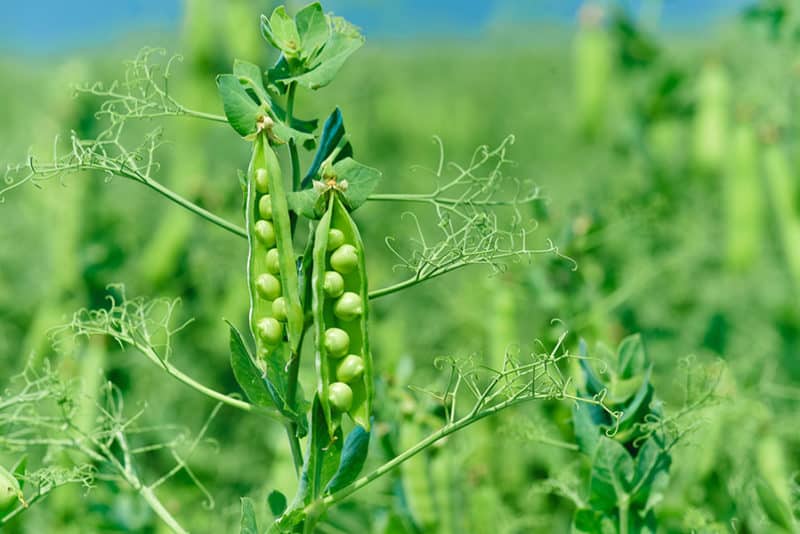
Here’s a quick summary for how to grow peas in the garden:
When to sow peas: Sprig or fall, direct sowing method is best
Sunlight: Full sun or part shade
Soil: Neutral or slightly acidic
Water needs: Consistent watering schedule, don’t let topsoil dry out, drought may reduce pod production
Temperature: Cool temperatures preferred, below 70°F
Growing Beans
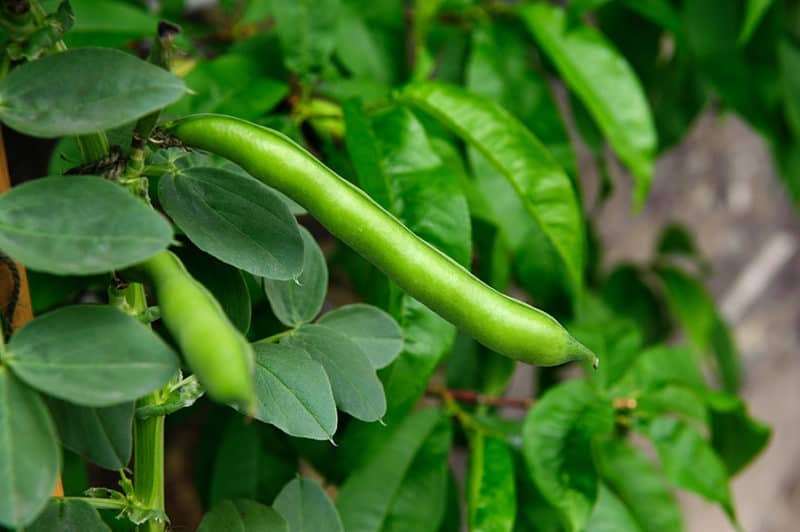
Here’s a quick summary for how to grow beans in the garden:
When to sow green beans: Direct sow after the chance of frost is passed
Sunlight: Full sun
Soil: Tolerates most soil types
Water needs: Same as peas
Temperature: Minimum soil temp of 48°F required for germination. Beans prefer warm weather and are sensitive to frost.
Cooking Peas and Beans
In the kitchen, there’s a marked difference between how beans and peas are handled.
Peas being more delicate are usually frozen because they spoil a lot faster than beans. Fresh peas should be cooked only briefly. Some pea varieties, however, are best dried (yellow and green split peas, for instance). Other pea varieties are sold and eaten with pods still intact (snap and snow peas, for example).
Beans, like kidney and pinto beans, require a long cooking period once harvested. They’re preserved by drying and require an even longer cooking time once dried.
Beans can also be eaten fresh or dried, though they should be cooked thoroughly as some beans contain toxins which affect the digestive system (kidney beans in particular). Some peas, on the other hand, are delicious eaten raw—snap and English peas in particular.
While fresh green peas are handled differently than dried white beans, it’s not a hard line. Certain fresh beans like lima and fava beans are almost as delicate as peas and are handled similarly in their non-dried state.
Nutrition
Legumes (peas and beans included!) are an excellent source of vital nutrients including macronutrients such as protein and micronutrients like fiber, iron, fatty acids, and folate.
There’s evidence that shows that eating a diet rich in legumes can protect against heart disease, cancer, and diabetes. Because they contain plenty of fiber, legumes also aid in maintaining and improving gut health.
Legumes are considered a pre-biotic food source. Some folks, however, do experience severe gas and bloating as a result of legumes breaking down within the digestive tract.
Soaking beans prior to cooking is imperative to avoid these unpleasant side effects. The meaty texture of legumes along with their nutritional makeup makes them an excellent meat substitute for vegetarian and vegan diets.
Legumes, Pulses, Green Beans, and More
Black Eyed Peas
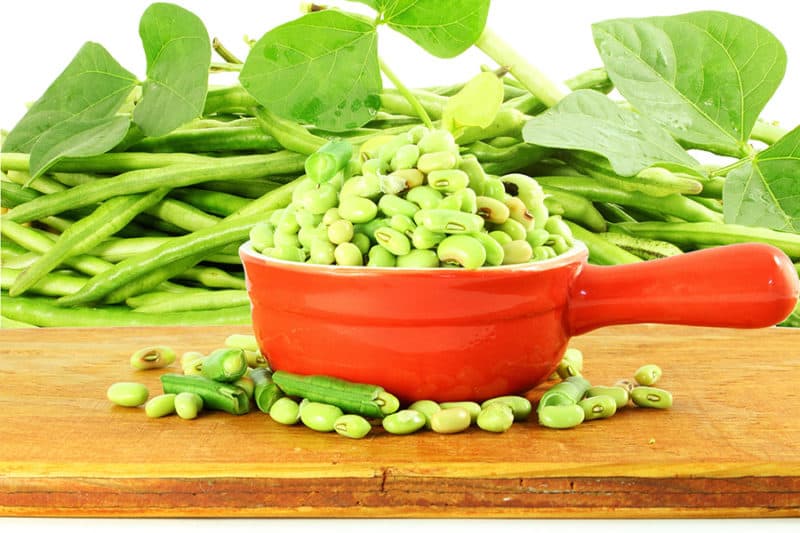
Hold on, what are black-eyed peas? Pea is in the name. But are they true peas?
They’re part of the same family that both peas and beans belong to (Fabaceae) but they’re different from the green pea that comes to mind when you hear the word pea. Black-eyed peas belong to the genus Vigna while the green pea is from the genus Pisum.
Black-eyed peas are relatives of the mung bean and were once a diet staple for West African slaves.
Pulses vs. Legumes
Are pulses and legumes the same? Are they different? Let’s clear up some of the confusion.
It’s hard to define these terms because we often use them interchangeably in colloquial language, but the two definitely don’t refer to the same thing.
The word legume refers to plants in the Fabaceae family while the word pulse refers to the edible seeds inside pods grown on those plants.
An example of a legume would be a pea pod. Examples of pulses include lentils, beans, chickpeas, peas.
Green Beans
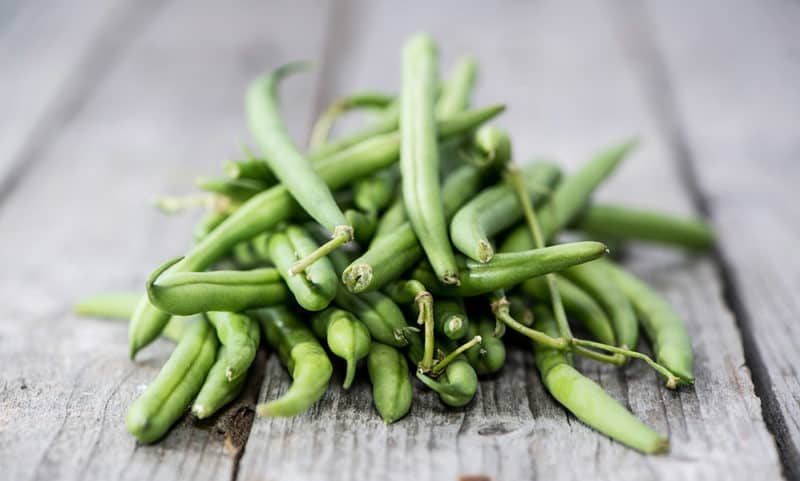
Wait, green beans aren’t beans? Oh boy. The insanity continues.
The slim, green vegetables that go well with steak and mashed potatoes are part of the legume family. We generally eat the whole pod, so they’re not considered pulses. The confusion stems from the fact that many nutritional guides sometimes don’t group string beans with other types of beans.
Want to Know More?
Want to find out more about how to grow peas or beans? Check out our pea growing guide and our bean growing guide for more information on how to cultivate each crop.
